Elyas Irankhah
Transforming Dental Diagnostics with Artificial Intelligence: Advanced Integration of ChatGPT and Large Language Models for Patient Care
Jun 07, 2024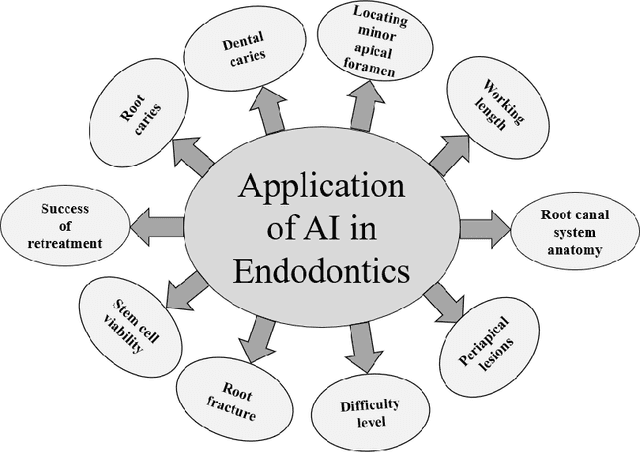
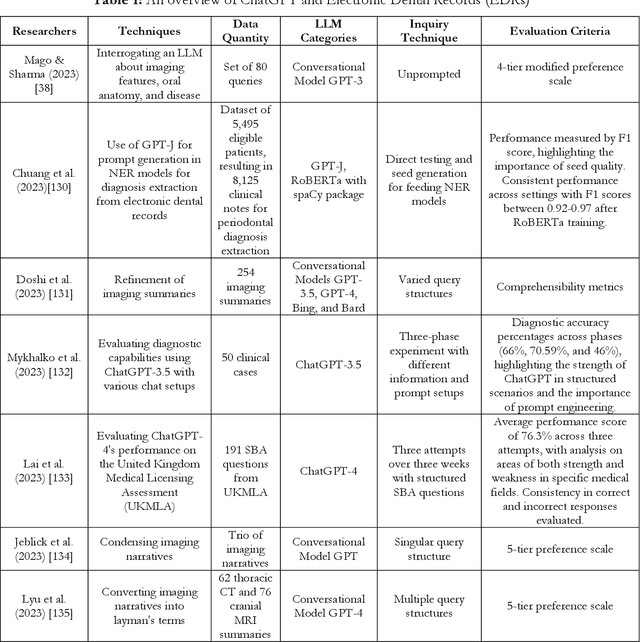
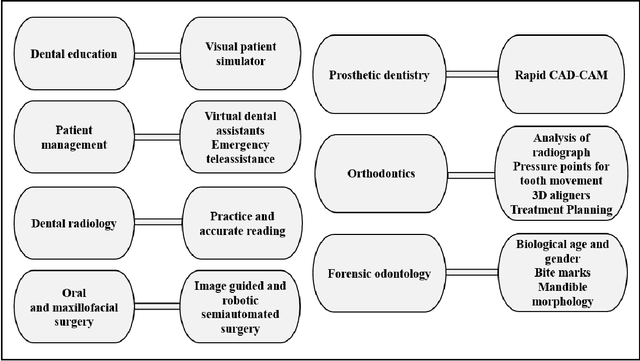
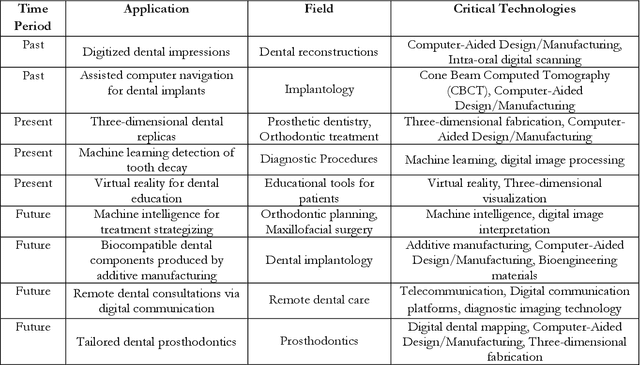
Abstract:Artificial intelligence has dramatically reshaped our interaction with digital technologies, ushering in an era where advancements in AI algorithms and Large Language Models (LLMs) have natural language processing (NLP) systems like ChatGPT. This study delves into the impact of cutting-edge LLMs, notably OpenAI's ChatGPT, on medical diagnostics, with a keen focus on the dental sector. Leveraging publicly accessible datasets, these models augment the diagnostic capabilities of medical professionals, streamline communication between patients and healthcare providers, and enhance the efficiency of clinical procedures. The advent of ChatGPT-4 is poised to make substantial inroads into dental practices, especially in the realm of oral surgery. This paper sheds light on the current landscape and explores potential future research directions in the burgeoning field of LLMs, offering valuable insights for both practitioners and developers. Furthermore, it critically assesses the broad implications and challenges within various sectors, including academia and healthcare, thus mapping out an overview of AI's role in transforming dental diagnostics for enhanced patient care.
Comparative Analysis of Segment Anything Model and U-Net for Breast Tumor Detection in Ultrasound and Mammography Images
Jun 21, 2023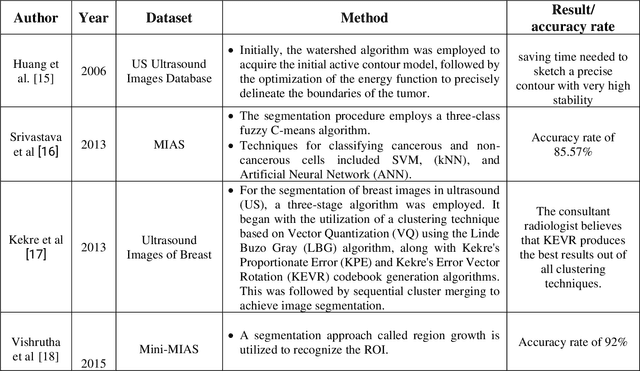

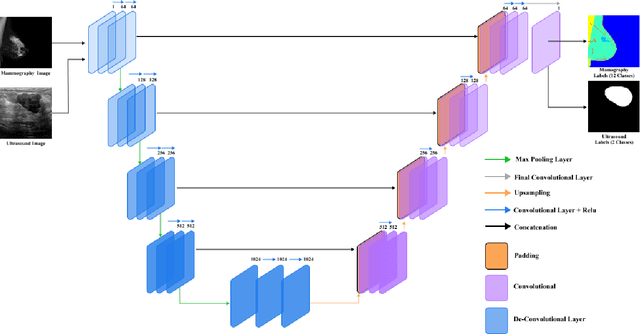

Abstract:In this study, the main objective is to develop an algorithm capable of identifying and delineating tumor regions in breast ultrasound (BUS) and mammographic images. The technique employs two advanced deep learning architectures, namely U-Net and pretrained SAM, for tumor segmentation. The U-Net model is specifically designed for medical image segmentation and leverages its deep convolutional neural network framework to extract meaningful features from input images. On the other hand, the pretrained SAM architecture incorporates a mechanism to capture spatial dependencies and generate segmentation results. Evaluation is conducted on a diverse dataset containing annotated tumor regions in BUS and mammographic images, covering both benign and malignant tumors. This dataset enables a comprehensive assessment of the algorithm's performance across different tumor types. Results demonstrate that the U-Net model outperforms the pretrained SAM architecture in accurately identifying and segmenting tumor regions in both BUS and mammographic images. The U-Net exhibits superior performance in challenging cases involving irregular shapes, indistinct boundaries, and high tumor heterogeneity. In contrast, the pretrained SAM architecture exhibits limitations in accurately identifying tumor areas, particularly for malignant tumors and objects with weak boundaries or complex shapes. These findings highlight the importance of selecting appropriate deep learning architectures tailored for medical image segmentation. The U-Net model showcases its potential as a robust and accurate tool for tumor detection, while the pretrained SAM architecture suggests the need for further improvements to enhance segmentation performance.
 Add to Chrome
Add to Chrome Add to Firefox
Add to Firefox Add to Edge
Add to Edge